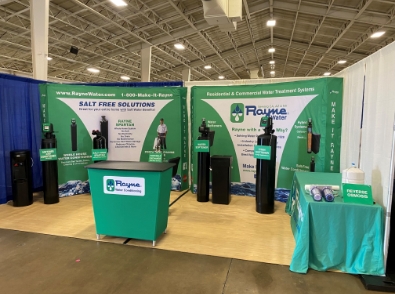drinking water systems. According to Infoplease.com, they explain how sodium is implicated in cardiovascular disease, nitrates in blood disorders. Mercury and lead can cause nervous disorders. Some contaminants are carcinogens. DDT is toxic to humans and can alter chromosomes. PCBs cause liver and nerve damage, skin eruptions, vomiting, fever, diarrhea, and fetal abnormalities. Reverse osmosis is one common home water filtration system which can help reduce or remove harmful contaminants by passing water through a semi-permeable membrane and giving you a higher quality drinking water right from the tap. An RO System is a form of technology common in households but with this technology also comes a little bit of maintenance. It is important to remember to change your RO filter and when you buy or lease one of our drinking water systems, either someone in your household or one of our technicians can come change it for you. The maintenance is an important part of your drinking water system’s effectiveness. Some companies will not come change the filter for you and this can be a difficult task for some people if you do not know what you’re doing. Ultimately the quality of the water and the amount of use will determine the frequency of filter changes. It is important to change the filter in order to enjoy the highest quality drinking water and increase contaminant removal during the process. Our drinking water filters are a great addition to your home or office and our technicians can come switch out your reverse osmosis filters. Reverse osmosis is an effective and proven technology to produce water that is suitable for human consumption without the concern of contamination. Furthermore, as mentioned above, proper pretreatment and monitoring of an RO system is crucial to preventing costly repairs and unscheduled maintenance as well as improved effectiveness. Contact one of our representatives today and enjoy your high-quality drinking water tomorrow.


